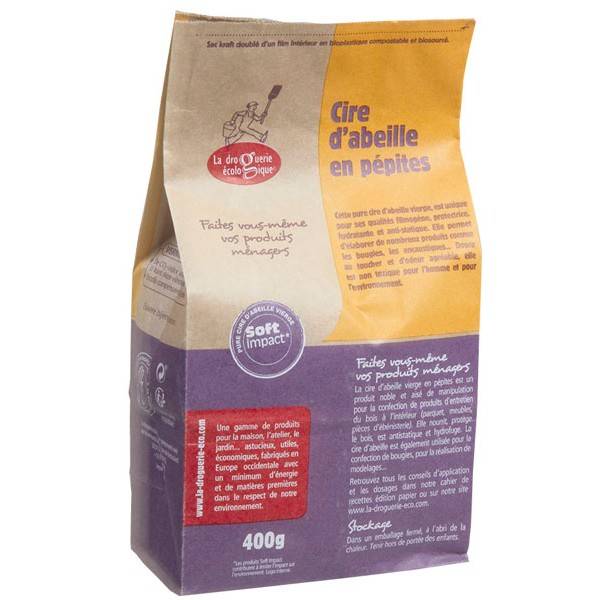
Beeswax nuggets - 400 grs
Beeswax nuggets are a traditional drugstore product. It is ideal for polishes, ointments, candles or for waxing furniture and floors. Bag of 400 grams.
![]() KEY POINTS TO REMEMBER
KEY POINTS TO REMEMBER
![]() Virgin and pure beeswax
Virgin and pure beeswax![]() Film-forming, protective, moisturising and anti-static properties
Film-forming, protective, moisturising and anti-static properties![]() Used as a base in many homemade products
Used as a base in many homemade products![]() Preserves for several years
Preserves for several years
The wonderful beeswax !
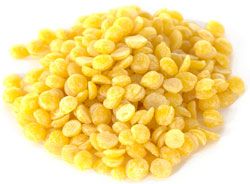
Beeswax is a yellowish, plastic substance secreted by bees, which they use to make the combs of their hives. It is a rather rare product because it is necessary for bees to produce between 5 and 7.5 kg of honey, to obtain 300 grs of wax in parallel. This wax is harvested at the end of the season. It is obtained without solvent, by centrifugation and separation of the honey by boiling water.
Soft to the touch and with a pleasant smell, beeswax is unique for its film-forming, moisturising, protective and antistatic qualities, as well as for its purifying properties. It is used in many products such as cosmetics, candles, wood products, etc.
Presented in the form of microbeads (nuggets) in a kraft bag, it is soft to the touch and has a pleasant smell. Its pH is slightly acidic, it liquefies at 64°C and dissolves with turpentine or citrus peel.
Advantages of this beeswax
+ 100% beeswax nuggets, guaranteed free of pesticide residues
+ Wide range of uses
+ Cosmetic quality
+ Non-toxic for humans and the environment
+ Keeps for several years
+ Recycled kraft packaging
+ Very low carbon footprint (45g CO2)
Diving into the history of beeswax
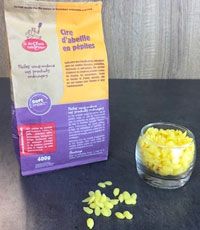
The date of the first use of beeswax is lost in the mists of time and the first writings mention its use as an ointment, cosmetic and of course raw material for the manufacture of candles. Considered a noble and precious material, beeswax was found in the tombs of several pharaohs and was used as a currency for the payment of taxes in Roman times. Mythological stories also mention it: one of the most famous is the story of Icarus who used wax to seal his wings and escape, with his father Daedalus, from the labyrinth where Minos had locked them up. Icarus was careless and got too close to the sun, the wax melted and Icarus was lost at sea.
Technical characteristics
- Liquefies at 64°C
- Floats on water: density of 0.96
- Flammable at 120°C
- Dissolves in turpentine or orange peel
- Slightly acidic pH
Possible uses of beeswax nuggets
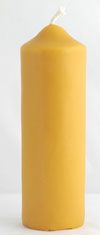
1 - Making candles
Pure beeswax is ideal for making candles. In addition to being environmentally friendly, it also produces candles that do not emit black smoke, do not drip, burn completely and smell delicious.
Candle making : To make them, the wick is repeatedly dipped into the hot liquid wax (heated in a bain-marie) at about 70°C, allowing it to cool between each dip. The wax is deposited concentrically around the wick in successive layers. This traditional method produces long tapered candles.
Making moulded candles : Making candles with moulded wax is more delicate, as the beeswax does not shrink on cooling and remains stuck to the mould. It is therefore advisable to buy soft moulds, often made of silicone, from specialist kitchen or hobby shops.
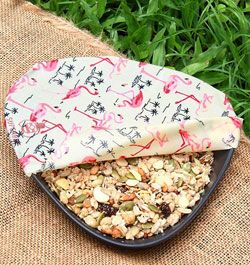
2 - Bee Wrap : making your own reusable packaging
Definition of a Bee Wrap : reusable food packaging. It is made of a fabric cloth covered with beeswax. This fabric becomes semi-rigid and can therefore be adapted to all types of containers.
To make a Bee Wrap, start by choosing a light cotton fabric. Then, trace on the back of the fabric the future cut-outs (depending on the size of the dish you want to cover) and cut out the fabric shapes. In your oven, place a sheet of greaseproof paper on the grill. Place the future Bee Wrap on it and generously place the beeswax nuggets on top. Place in the oven at 100° for 3 to 4 minutes. The wax will melt before your eyes. Adjust: sometimes the wax doesn't settle everywhere and some holes are visible. You can either put more wax in these places and fill them in again for a little extra sunbathing, or you can spread the melted wax on the unsoaked parts with a small spoon. You can use an iron instead of an oven to melt the wax. In this case, place the fabric covered with wax nuggets between 2 sheets of greaseproof paper. Last step, dry the Bee Wrap on a clothesline. It dries very quickly.
3 - Animal care
Treating cracked hooves in animals : Mix equal parts melted wax and honey. The mixture is a good home remedy for treating cracked animal hooves. Clean the crack and dry it before applying the mixture.
4 - Ointments and creams
Beeswax is used in many ointments and creams. Ointments are emi-solid preparations made of fatty substances without the presence of water. Many recipes exist and use mixtures of beeswax, vegetable oils, essential oils, oily macerates of plants, etc. Creams are emulsions of fats (components of ointments) and water (distilled water, floral water, etc.) in the presence of an emulsifier.
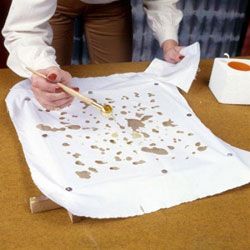
5 - Batik painting techniques in Africa and Asia
Batik was already known in ancient Egypt, and nowadays this traditional art is still present in China, Africa, India and Indonesia. Each country has developed its own methods, but the techniques have remained the same.
To make a batik traditionally requires a fabric made of natural fibres (cotton, linen, silk, etc.), beeswax and pigments (indigo, etc.). On a white fabric, the artist applies the wax where he does not want any colour, drawing the batik pattern on the fabric. The fabric is then dipped in a pigment bath, which will give the background colour of the fabric. Rinse, spread and let dry completely without removing the wax. Do not tumble dry, do not wring it.
When the fabric is dry, select the areas where a second colour will be applied. You can either remove the wax (see next step) and apply a second coat of wax to the areas to be masked for the second colour bath, or add another coat of wax to the first application. Then dip the fabric into the dye bath of the 2nd colour, and so on for all colours.
To remove the wax, place blotting paper on an ironing board. Lay the fabric out with several layers of paper towels on top. Set the iron one notch below "Cotton". Iron on both sides and change the paper as it soaks up the wax.
Finally, wash the batik thoroughly, dry it and iron it as normal.
6 - Interior wood care
Beeswax has very interesting water-repellent, anti-static and nourishing properties, allowing to protect wood and leather.
Encaustic : For all unstressed wood surfaces indoors. Nourishes, protects the wood, is anti-static and water-repellent. Place a small amount of wax in a tightly sealed glass container. You can use Kreidezeit turpentine (double rectified) and cover the nuggets with wax.
After 24 hours, the nuggets have absorbed the turpentine and form a homogeneous paste. This paste must be diluted again with essence to become liquid. For example, for 2 parts of paste, add 1/2 part or more of turpentine and mix well with a wooden spatula. Each day, do the same operation, adding a little petrol, more or less, as you deem necessary, until the wax remains liquid. Let it stand again until it is perfectly homogenised (final ratio of about 50/50).
It is essential that this polish has the consistency of a smooth liquid so that it can penetrate the pores of the wood. Apply with a lint-free cloth. Shine after drying. This liquid wax can also be applied with a brush. Soak the wood generously, even if you have to remove what you think is excess wax with the brush immediately afterwards.
Once the furniture is well impregnated with this liquid wax, let it dry for 6 to 8 days, until the wood has absorbed as much wax as possible. After this period of drying, do not be surprised if the furniture feels sticky when you touch it with your bare hands, this is normal; it is only the excess wax that has not penetrated. The wood has absorbed what it needs for the present time. It is now necessary to remove this excess wax, by rubbing vigorously with a cloth in the direction of the wood grain, to remove all the wax that is still on the surface. Store your remaining polish in an airtight tin.
Furniture polish : First, react the wax with turpentine to obtain a yellow paste to which you add linseed oil. Heat the mixture gently in a bain-marie to obtain a good homogenisation. Then let it cool down to obtain a paste that is ideal for the maintenance of your furniture. Before applying a coat of maintenance with this preparation, make sure to clean the soiled parts thoroughly. Application: You can use a brush to apply a thin, even layer of wax to your furniture. Make sure to ventilate well during application and drying. Shine after drying. The wax helps to delay dirt and wear on your furniture. This "cream" will give a bright, satiny shine to the surface of your furniture.
Ingredients : 1 part beeswax, 1 part linseed oil and 1 part turpentine
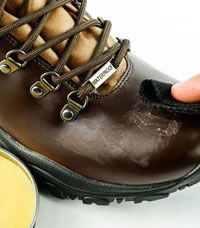
7 - Shoe care
Old-fashioned shoe polish : In a first container, dissolve the wax and turpentine and then bring the mixture to a low heat in a bain-marie. Then add the soap nuggets to the boiling water in a second container and stir until dissolved, leave to cool. Finally, add the soap mixture to the melted wax, stirring quickly to emulsify. Add the essential oils, mix and pour into a well-sealed bottle (otherwise risk of evaporation). Shine your shoes with an old wool sock... you will be pleasantly surprised.
Ingredients : 100 g beeswax, 60 cl turpentine, 60 cl boiling water, 25 g soap flakes and 15 g essential oils of your choice.
Binder for paints : Melt the two elements over a low heat in a bain-marie, to obtain a binder for paints to be used with or without pigments, pure, or diluted with turpentine.
Ingredients : 1 part beeswax and 30 parts linseed oil.
Its composition
Virgin beeswax : 99% minimum.
Packaging
400g kraft bag lined with a compostable and biosourced bioplastic inner film.
Precautions for use
Keep out of reach of children. Keep away from heat, in an airtight box, in a cool, dry place. When making your cosmetics, it is your responsibility to check that your product complies with safety regulations.
Learn more about the brand La Droguerie Écologique
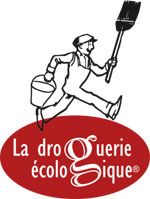 Made in France or Western Europe, the products of the ecological drugstore are designed from natural, mineral or vegetable raw materials and with a maximum of organic ingredients. La droguerie écologique® is a brand of ecodis, a French company that is a pioneer in the design and distribution of ecoproducts to specialist shops.
Made in France or Western Europe, the products of the ecological drugstore are designed from natural, mineral or vegetable raw materials and with a maximum of organic ingredients. La droguerie écologique® is a brand of ecodis, a French company that is a pioneer in the design and distribution of ecoproducts to specialist shops.
By offering around 2000 products to its French and European customers, ecodis pursues one of its main objectives: to innovate in order to make ecological products accessible to as many people as possible.
Specialising in the manufacture of easy-to-use everyday products, the brand stands out for its cultivation of a spirit of creativity to enable its consumers to personalise accessories and cleaning products.
ECOCERT, FSC and AB certified, each product has been designed to have a minimum impact on the environment and nature.
- Capacity
- 400 gr
- Type of surface
- Leather
- Type of surface
- Ground
- Type of surface
- Wood
- Ideal for
- Feeding
- Ideal for
- Waxing
- Ideal for
- Shine
- Ideal for
- Protect
- Ideal for
- Make it shine
Specific references
16 other products in the same category:
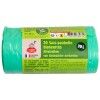
30 80% bio-sourced bin liners...
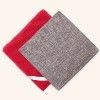
Double-sided flat sponge -...
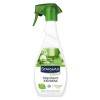
Jasmin express degreasing for...
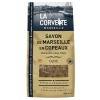
Marseille Olive Soap Shavings -...
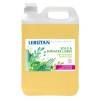
Organic smooth floors and...
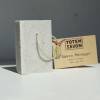
Multi-purpose household soap...
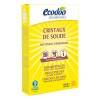
Soda crystals - 500 gr
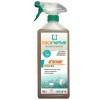
Powerful stain remover for...

Booklet 468 Eco-friendly tips,...
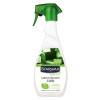
Leather care lotion - 500 ml
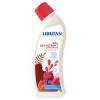
Concentrated descaling gel – 750 ml
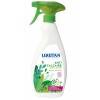
Anti-limescale liquid spray 500 ml
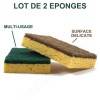
Ecological green/brown scraping...
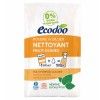
Multi-purpose cleaner with mint...
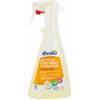
Oven, insert and barbecue...
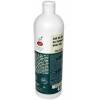
Carnauba wax milk - 1 liter
Reviews
bien
je trouve dommage qu'elle ne soit pas bio,
vu que le site s'appelle penntybio je pensais que tout y serait bio
mais conforme et reçu rapidement
Customers who bought this product also bought:
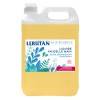
Hand washing up liquid – 5 liters
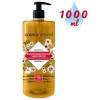
Fragrance-free shower shampoo...
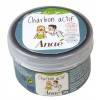
Activated carbon - 30 grs
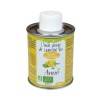
Organic Camelina virgin oil -...
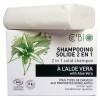
Solid shampoo 2 in 1 with Aloe...
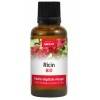
Organic castor vegetable oil –...
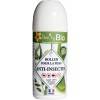
Anti-insect roller for the skin...
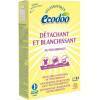
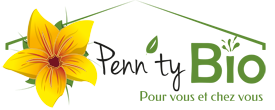


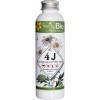

02/11/2020
Idéal pour les bee-wraps
je l'ai testé récemment pour enduire mes bee-wraps et cela fonctionne très bien. Le tissus reste souple et résiste au frigo. Après un an d'utilisation des bee-wraps, les qualités du tissus enduit sont identiques.